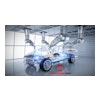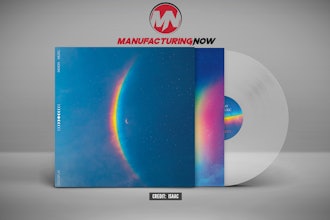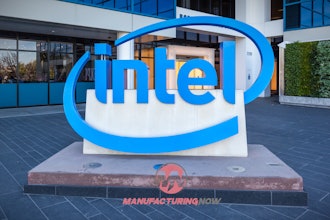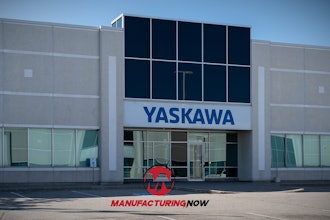Whether they stem from jokes about “your tax dollars at work,” or legitimate frustration over obvious waste, criticism of government and military purchasing habits tend to be well-deserved.
However, as first reported by Task & Purpose, a recent development involving an innovative Air Force Master Sergeant, a set of $19,000 night vision googles, and a $0.04 3D-printed part might offer a short reprieve from such critiques.
Serving as the Air Force’s equivalent of a military police officer, Shannon Fulmer was frustrated that he and his fellow security force members, which are called defenders in the Air Force, were not able to use the PSQ-20B Enhanced Night Vision Goggles because they couldn’t be properly fitted to their helmets.
When you consider that defender roles include guarding everything from aircraft hangers to nuclear power facilities, the ability to leverage the enhanced night vision and thermal imaging capabilities of the 20B — as opposed to the patchy green visuals of the 20-year-old models that fit their helmets — is kind of a big deal.
As an initial solution, Fulmer hot-glued washers to the helmet mount adapter, which offered a temporary fix and actually allowed for the 20B to be used. However, with the goal of creating a more refined and permanent solution, the airman designed a 3D-printable part.
He took his blueprints to the Innovation Cell at Dyess Air Force Base, where he’s stationed just outside of Abilene, Texas. About a week later, using the Cell’s collection of 3D printers, the design was printed and is currently being field tested by members of Fulmer’s 7th Bomb Wing Security Force.
It might sound ridiculous that $19,000 NVGs were purchased without first trying out the helmet, but this latest iteration of night vision goggles features a mounting system that’s compatible with the next-gen ballistic helmet, which hasn’t been issued throughout the Air Force yet.
This makes Fulmer’s solution a temporary need, but before his invention, many units were sending their 20Bs to the Defense Reutilization and Marketing Office, which takes equipment a unit can’t use and either sells it or reassigns it to another unit.
So not only were troops missing out on the latest and greatest, their units were losing assets that had cost $19,000 to procure.
The design, which uses about $0.04 worth of plastic, has also been submitted in the 2022 Air Force Spark Tank competition, an annual contest for pitching “innovative solutions to operational problems.”






















